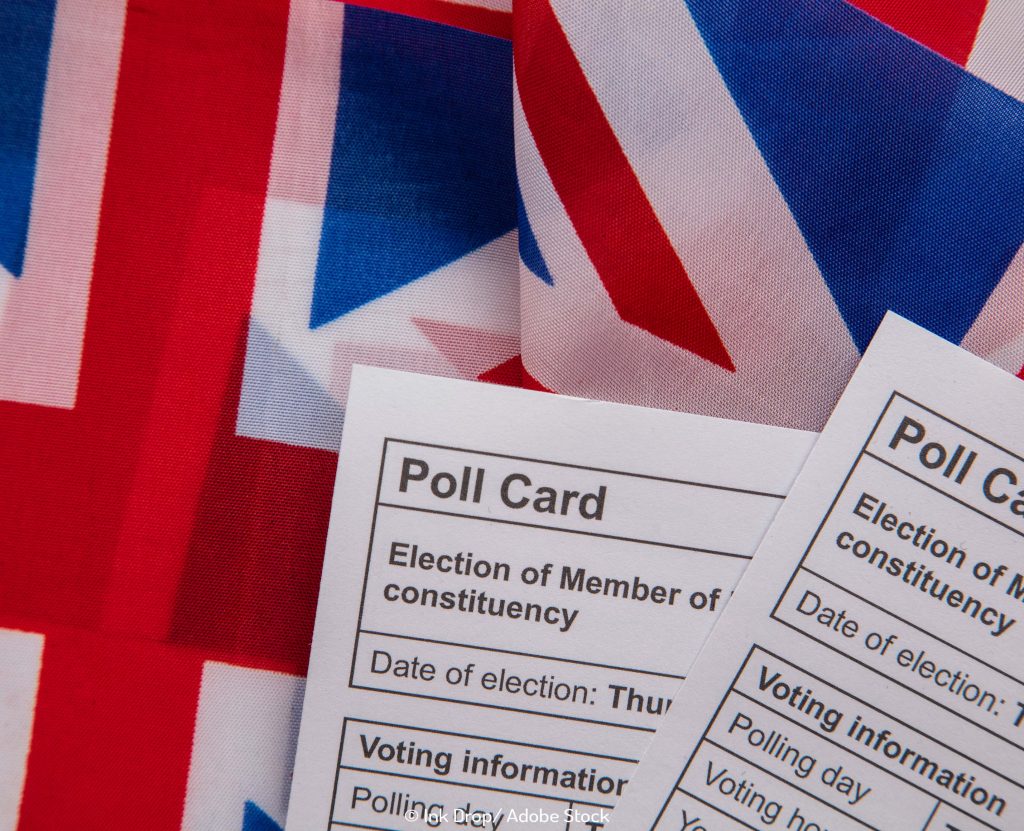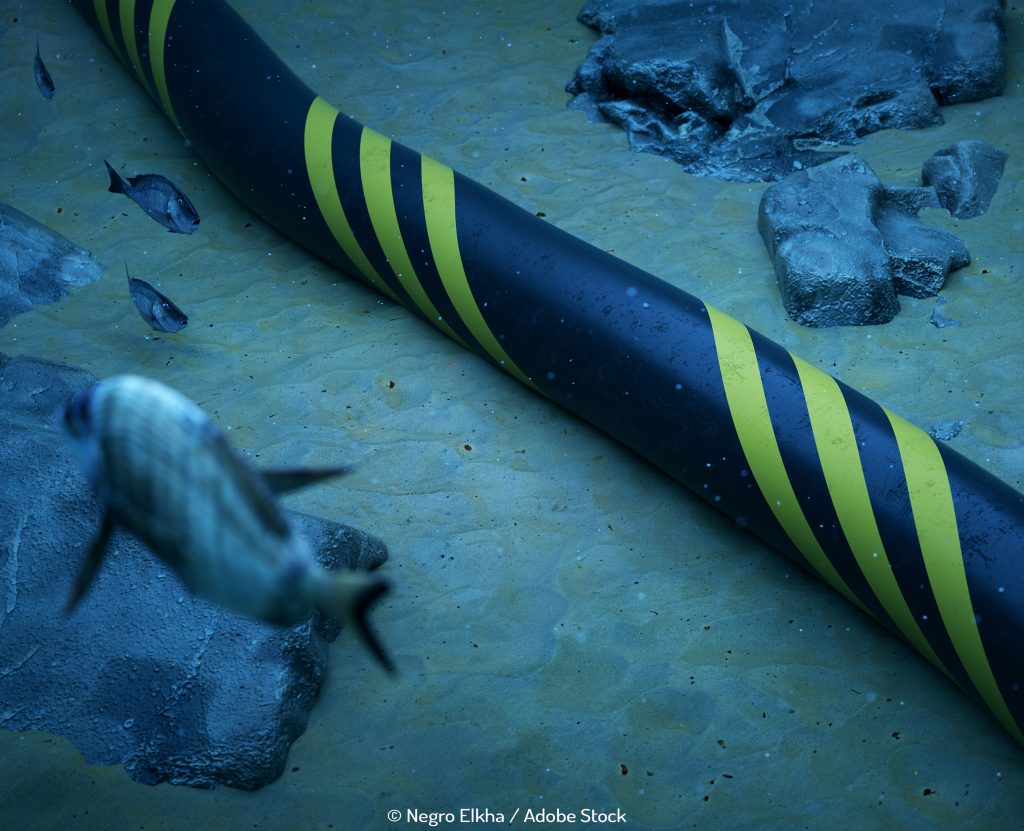Renewables: Can we handle the power?
Meanwhile in Germany so much electricity is generated from renewables that the solar superpower is finding it hard to handle the levels of output. This emphasizes the need to focus investments on smarter ways of storing as well as using the energy that’s being produced.
The UK broke a record in the first quarter of the year when its share of renewable electricity reached 22.3%, generating 19% of its total electricity requirement.
It was a 2.6% increase on the same time last year, driven by onshore (7001 GWh) and offshore (4662 GWh) wind.
It couldn’t have come at a better time as the renewable industry is presenting a case to the UK Government to support it. In June it announced plans to block onshore wind farms from accessing the state’s renewable subsidy scheme which opens in April 2016. Earlier this month a letter signed by ministers from Scotland and Wales called on it to open discussions on this very issue.
This success is welcomed but the industry does need to consider what impact success on an even greater level could have.
Take Germany. Thanks to the Energiewende, renewable energy is now the preferred source of electricity generation – in July 78% of power consumption came from renewables. Last year the industry received around 24bn Euro in subsidies. But it’s currently producing such vast quantities of electricity through wind and solar power that it is threatening a blackout. The excess is estimated at more than the output of four atomic reactors.
The power surges are created by lack of investment in the country’s power grids which in their existing state cannot cope with the volume. Product is spilling into neighbouring grids in Poland and Czech Republic, forcing their governments to spend almost $180m on safety schemes to protect their systems.
$24bn has been marked for investment by German grid companies in the near future in a bid to upgrade the network and adapt the power lines, but they also encourage players who can help.
Audi was the first to do this. It used ground breaking technology which converted the excess power into a zero-carbon hydrogen gas, which is then converted into renewable methane and stored for future use.
It’s been a win-win for Audi and others entering this power market. They boosted their green credentials and then enjoyed up to 400% increase in sales price compared to the wholesale energy cost initially incurred. However this has attracted more to the game and overall prices are now coming down.
There is one other significant issue that Germany struggles to overcome. Electricity generated from the windy northern shores has to be sent south to the country’s energy hungry industry, yet it does not have a single north-south transmission corridor. Local power plants served communities as the country developed – and few of those communities welcome the thought of a 230-foot electricity tower being built now. One official said it was like building a train station before laying the tracks. The Economy Minister Sigmar Gabriel said, “We’re in an absurd situation. We produce cheap power in the north and can’t ship it south.”
Back in the UK there are concerns a continued negative approach by the government to renewables will prevent the industry from reaching its full potential. Joss Blamire from Scottish Renewables warned that, “Any disruption to that (the FiT scheme commitments) means short term projects are at risk, in the medium term we will have less ability to cut costs and in the long term will have less chance to reach our renewables and climate change targets.”
It’s clear that the UK must take lessons from the German experience but unless it gets over the initial hurdles, trying to transmit cheap electricity from the north to the south will be the least of its problems.


